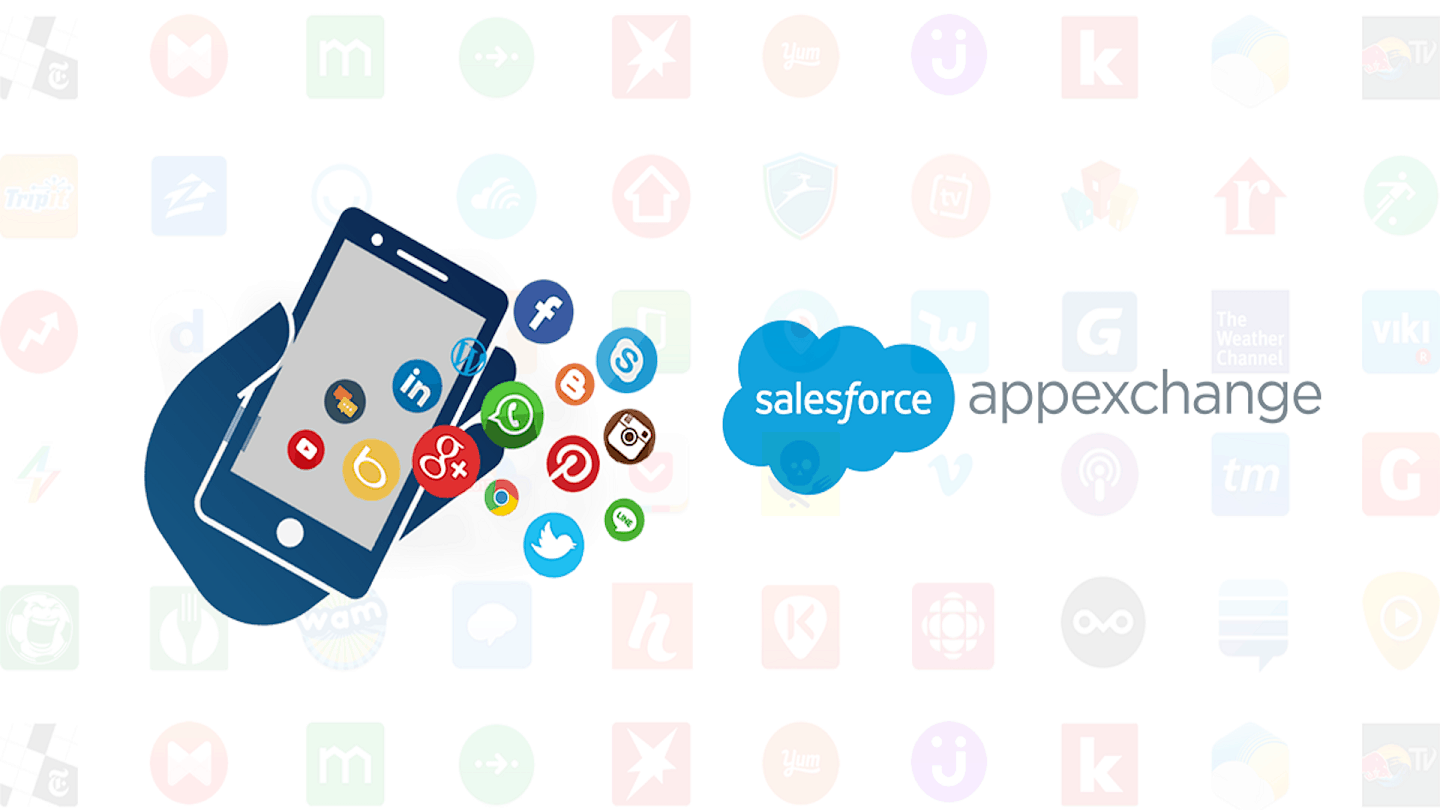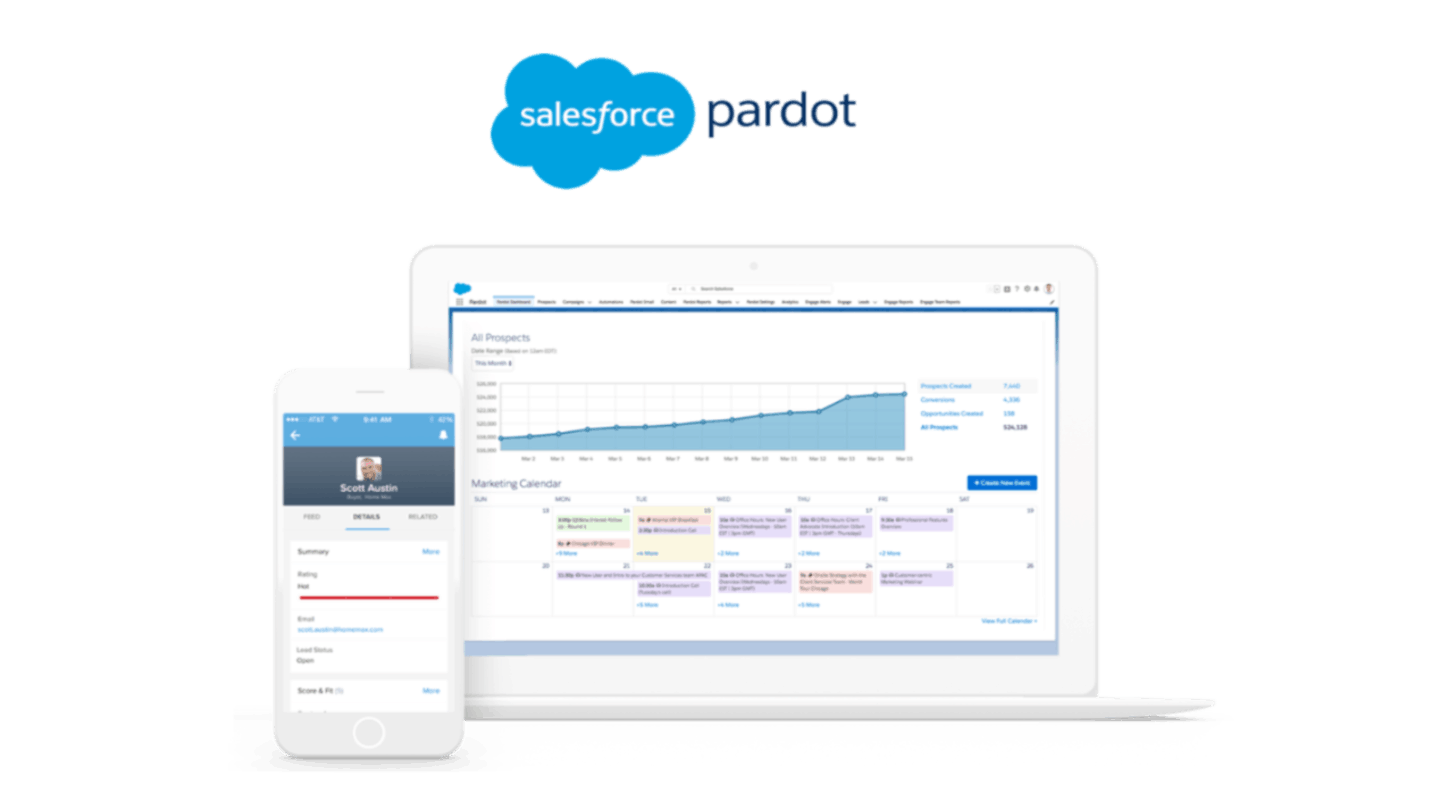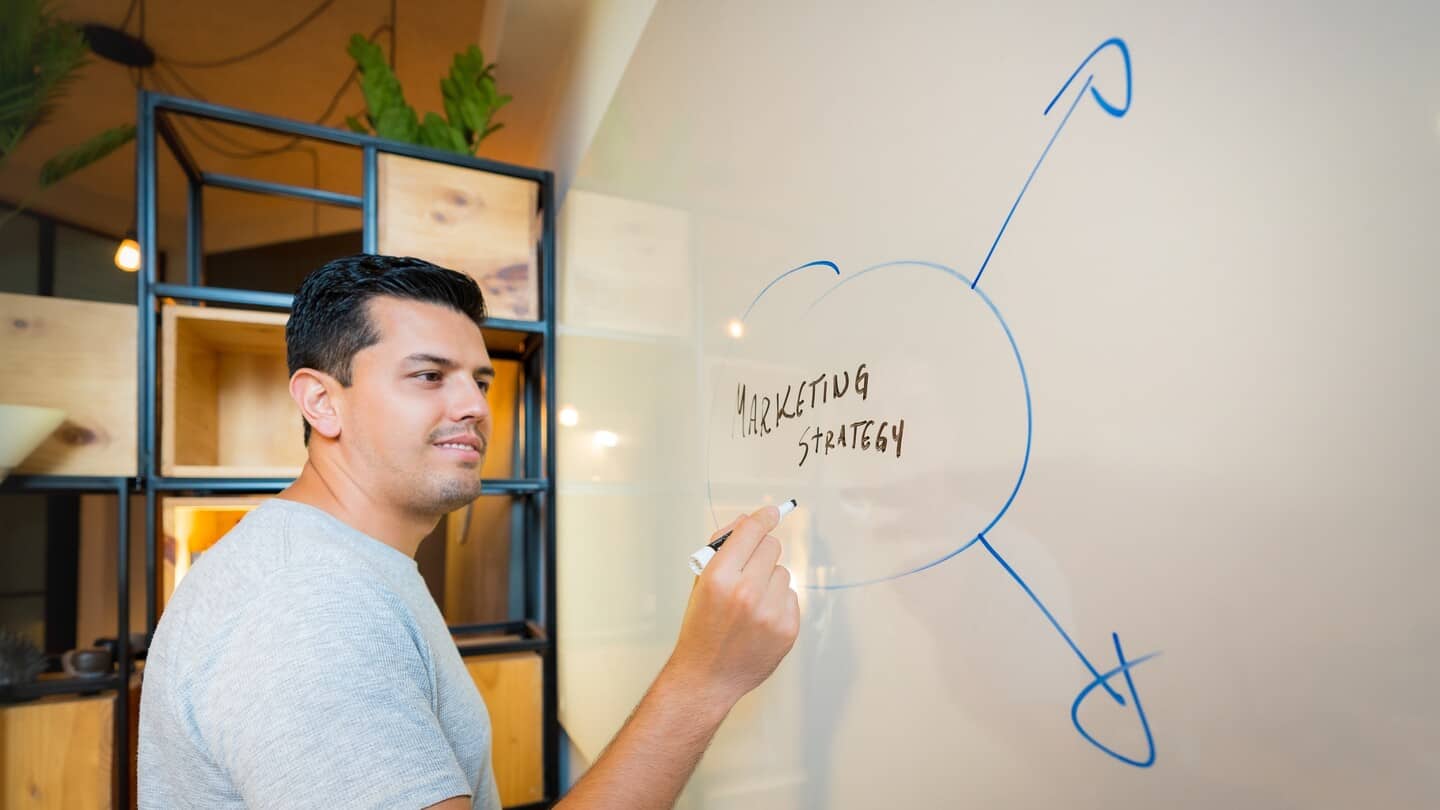In a changing retail world, one approach has revolutionized commercial relationships: clienteling. clienteling. This marketing method transforms every interaction into a privileged moment, creating unprecedented mutual value between brands and consumers. The results speak for themselves:
- Conversion rates 36 times higher than traditional methods
- Average basket up 136% on conventional sales
- Individualized approach doubles customer loyalty
We invite you to discover how this method, which originated in the luxury sector, is redefining the art of modern sales and establishing itself as the future of retail.
Sommaire
Origin and definition of clienteling
Above all, clienteling is a story that originated in the world of luxury goods and has evolved into other business sectors, thanks in particular to new technologies.
Genesis of the concept in the luxury sector
Clienteling has its roots in the European luxury houses of the 19th century. Advisors maintained a privileged relationship with their wealthy clientele, keeping handwritten notebooks detailing the tastes, birthdays, measurements and purchasing history of each VIP visitor. This artisanal approach was already creating a major differentiation from traditional transactional sales. The CRM++ of the time!
This tradition was perpetuated in Parisian department stores and prestige boutiques, where the art of selling consisted in creating a lasting relationship of trust. The advisor became the personal companion, able to anticipate needs and suggest exactly what was required. This commercial intimacy generated a certain loyalty and justified the premium prices charged. Technological developments have democratized this approach, once reserved for prestige sectors, opening up new prospects for all retailers.
The difference between clienteling and traditional CRM
Unlike CRM, which stores static information in segmented databases, clienteling creates a living, evolving relationship dynamic. Traditional CRM compiles contact details, transactional history and some demographic data, but remains within a segmented mass logic.
The clienteling strategy goes far beyond this. It integrates emotions, situational contexts, life projects and personal aspirations. Where CRM sends generic newsletters to predefined segments, this approach generates individualized interactions based on a detailed understanding of each profile.
This fundamental difference transforms the very nature of commercial exchange. Each interaction becomes an exceptional moment that generates mutual value and strengthens attachment to the brand and the salesperson.
The strategic objectives of clienteling
Beyond the technical aspect, clienteling is particularly interesting for the concrete business ambitions and measurable results it delivers for the companies that adopt it.
Enhanced loyalty and commitment
Clienteling transforms occasional buyers into authentic brand ambassadors. By treating each person as a unique individual with their own specific characteristics, teams develop a lasting customer commitment that transcends the simple commercial transaction. This approach is based on the 80/20 rule. Identify and focus on the 20% of customers who generate 80% of sales. These high-value customers benefit from tailor-made treatment that strengthens their attachment and their propensity to recommend the brand.
According to Customer Experience Magazine
Some luxury retailers give precise figures for this strategy:
- +35% on the second-buy rate
- doubled customer loyalty
- 40% increase in revenues for companies that excel in this approach
The virtuous circle thus created generates particularly valuable positive word-of-mouth, as these ambassadors become less sensitive to competing offers and more inclined to discover the entire range.
Outstanding sales performance
The financial results of clienteling far exceed the expectations of traditional marketing. By proposing exactly what corresponds to identified tastes and needs, teams generate an optimized purchasing path with conversion rates ranging from 5-15% (compared with 2-5% in mass marketing). This performance can be explained by several factors, such as the increased relevance of recommendations, the trust established with the advisor, and the reduction of friction in the decision-making process. The customer benefits from considerable time savings, while the company maximizes the value of each interaction.
The average basket increases by 136%, thanks to the cross-selling and up-selling techniques naturally integrated into the sales conversation. This consultative approach also generates additional sales of 39% compared with conventional methods.
The tools and technologies of clienteling and customization
The figures speak for themselves. But how can you successfully implement this method with modern software and a structured approach?
Specialized mobile applications
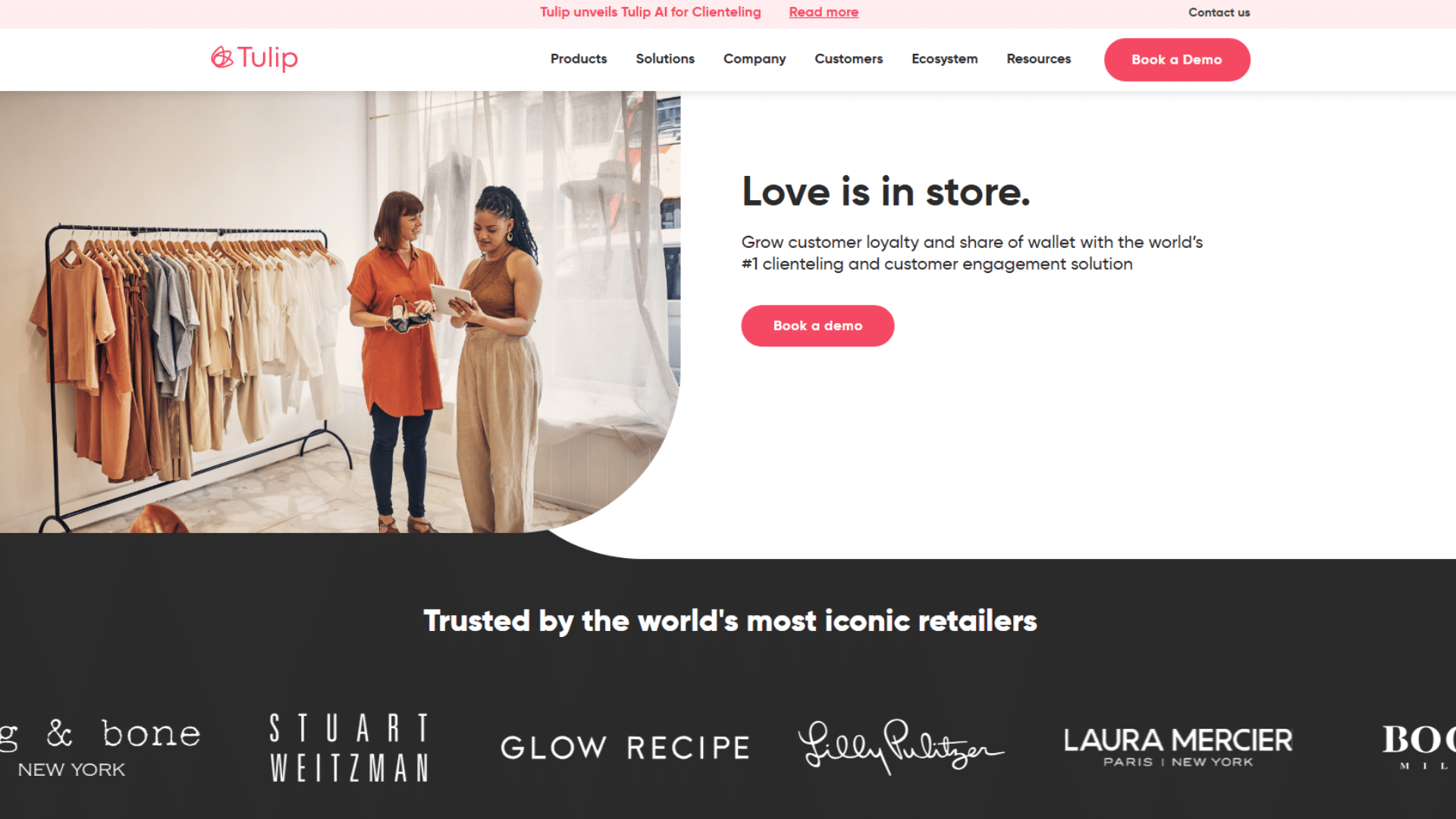
Endear dominates the US market with its all-in-one solution that turns every smartphone into a powerful sales assistant. The platform enables advisors to instantly access detailed profiles, send personalized messages with visual recommendations, and track performance in real time. In Europe, Luce (developed by Kering) equips the Gucci, Saint Laurent and Bottega Veneta boutiques. This in-house app has helped to increase the average shopping basket by 15-20% by providing access to the complete history (items consulted online, favorites, sizes, future projects expressed). Consultants can create personalized lookbooks and reserve exclusive pieces.
Tulip stands out for its native integration with Shopify and the main e-commerce platforms. The interface immediately displays abandoned baskets, wish lists and even recently consulted products, turning every visit into an expert consultation.
These solutions synchronize inventory, prices and promotions in real time, while offering advanced features for booking appointments, sending recommendations via SMS/WhatsApp and creating personalized Instagram stories.
CRM platforms and artificial intelligence
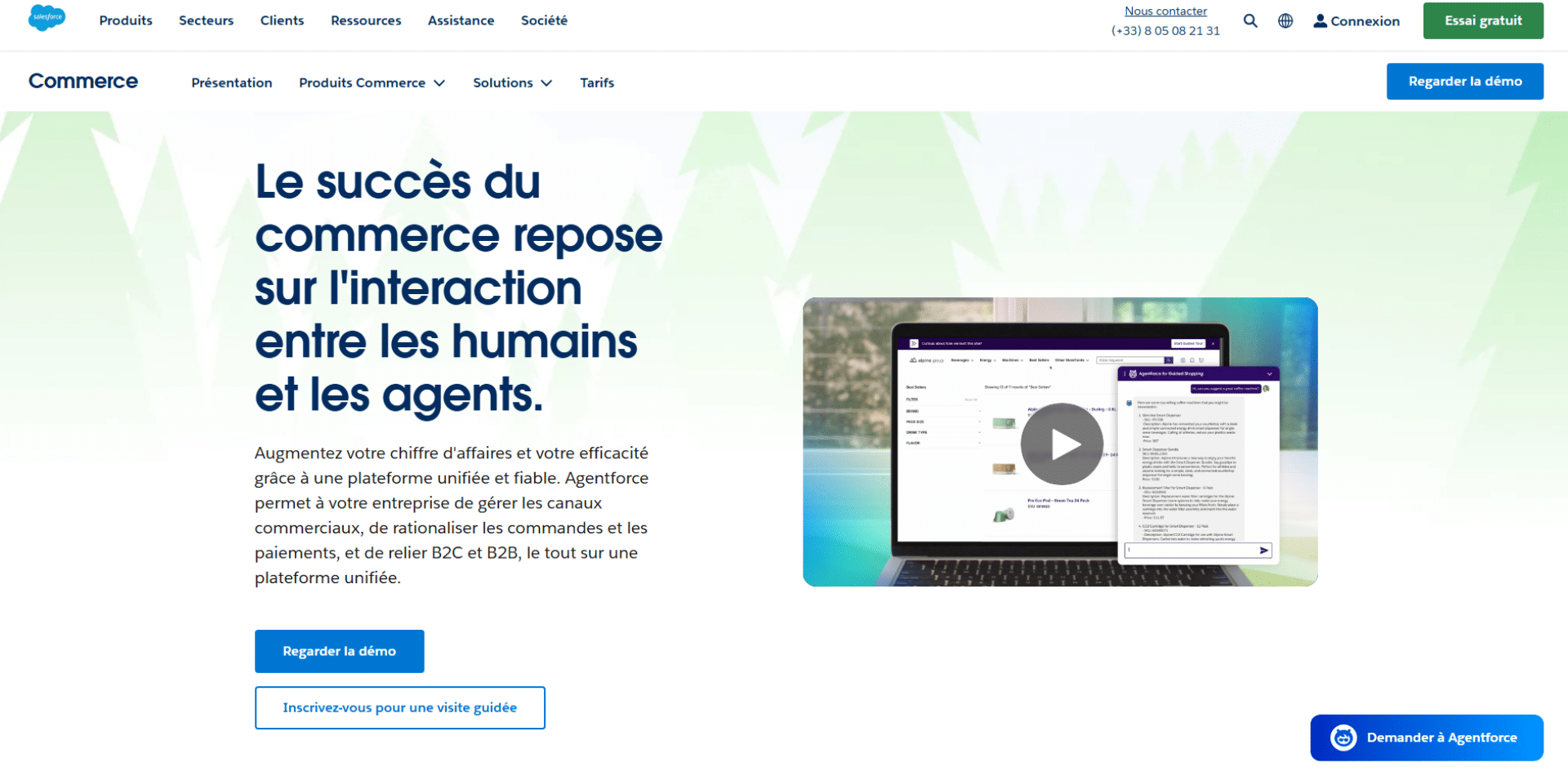
Salesforce Commerce Cloud now integrates native clienteling capabilities with Einstein AI to predict buying behavior. The solution analyzes millions of interactions to identify subtle patterns and generate personalized recommendations. Dynamic Yield (acquired by Mastercard) excels in real-time personalization, cross-referencing behavioral data, weather, local events and trends to optimize each recommendation. Their algorithms even detect disengagement signals before they materialize.
For their part, Yotpo specializes in omnichannel orchestration, unifying web browsing, online purchasing, store visits, social network exchanges and email contacts. Their 360° vision ensures perfect consistency across all channels.
Specialized solutions by sector
In beauty, ModiFace (L’Oréal) is revolutionizing virtual fittings with augmented reality, enabling advisors to offer ultra-realistic pre-purchase simulations. Sephora has developed its own ecosystem with Color IQ to match shades and Beauty Board to create personalized looks. In the jewelry sector, Gemvision enables the 3D creation of made-to-measure pieces directly with the customer, while Valigara manages real-time inventory and customized configurations. The automotive sector uses Salesforce Automotive Cloud to track the entire process: testing, configuration, financing, delivery and after-sales. CDK Global integrates all dealer systems for a unified view.
These sector-specific solutions integrate the specificities of the business: size and color management in fashion, prescription tracking in optics, service planning in automotive, creating indispensable vertical expertise.
Real-life use cases in the luxury goods industry
Here are two concrete examples of how to integrate clienteling and implement a strategy.
Burberry and its Customer Insight Hub
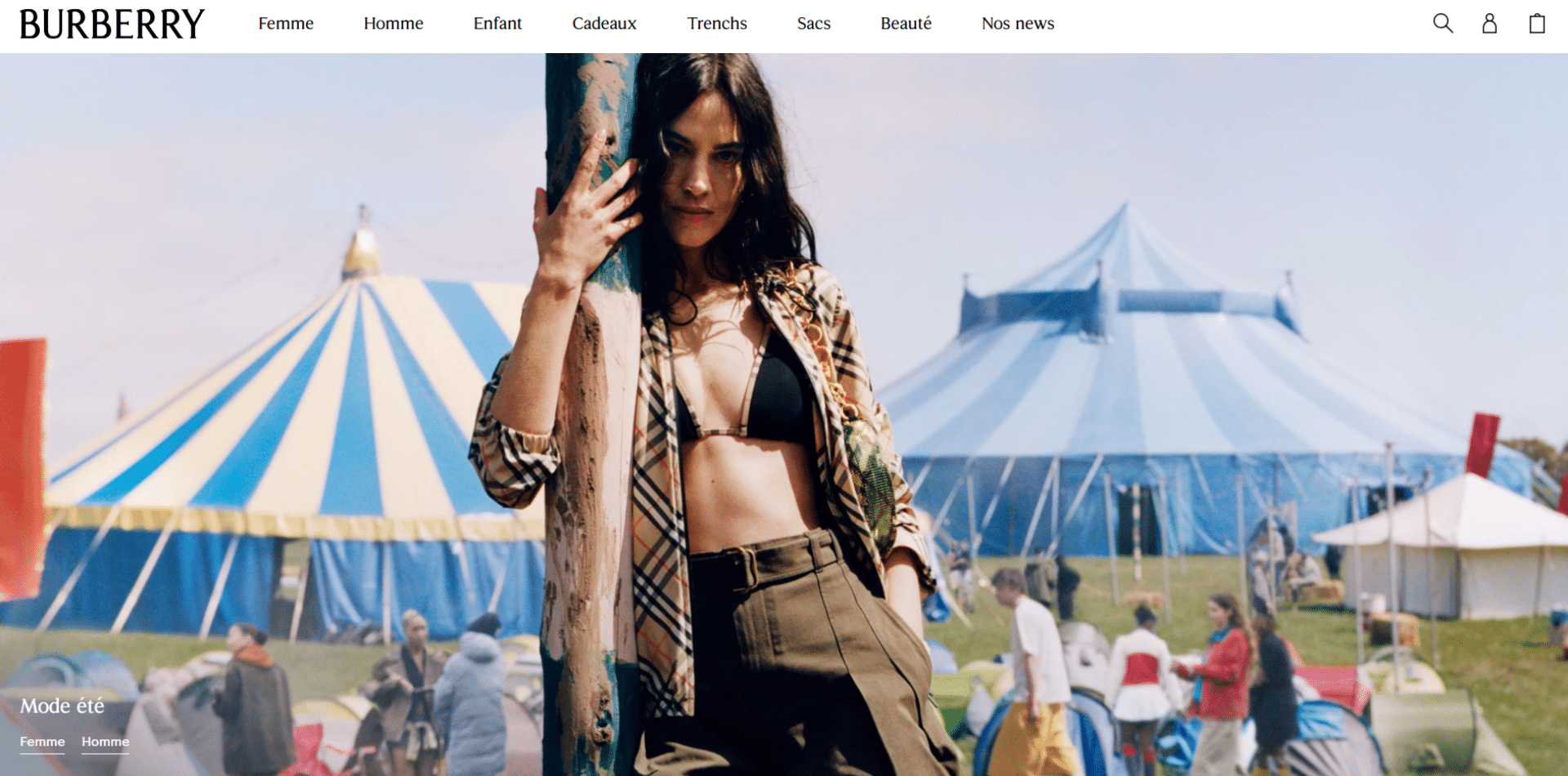
The brand has developed its “Customer Insight Hub”, which analyzes customer behavior to automatically route queries to the right advisors. Burberry uses machine learning to predict customer preferences and create personalized recommendations, (IT budget of $76.9 million in 2023). Actions include integrating multimedia content into customer conversations and training teams on“what makes a good connection“, enabling advisors to be“prepared to respond effectively” to queries according to Burberry.
AG Jeans with Tulip
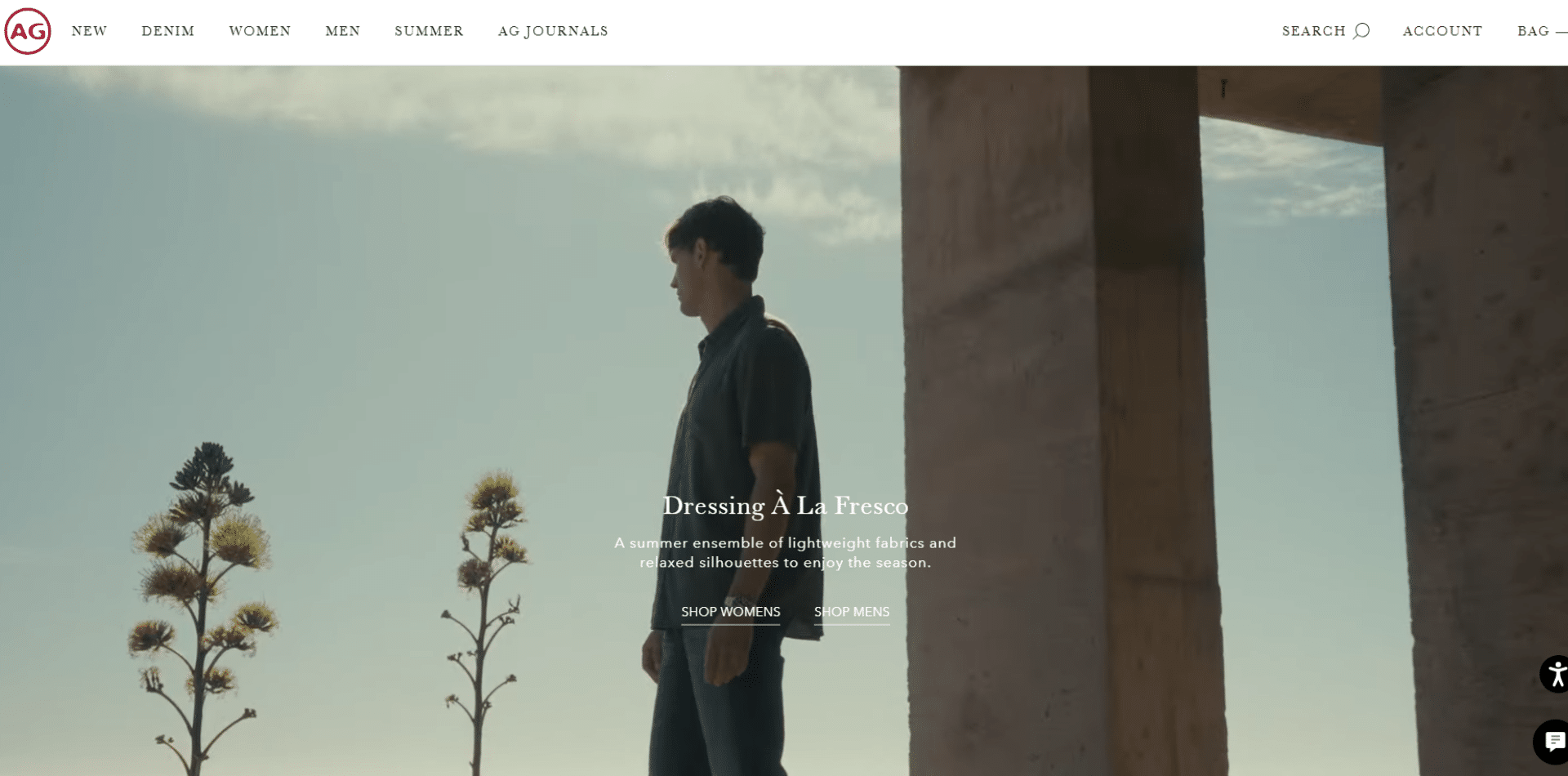
The premium denim brand implemented Tulip Clienteling in 2022, replacing physical notebooks with digitized 360° customer profiles. The results follow, with a 5-fold increase in customer outreach volume, a conversion rate“almost four times higher” than the old system, and an increase in the average basket of“almost 20%“, again according to the teams. AG Jeans uses three integrated solutions: Clienteling for personalization, LiveConnect for real-time access to stylists via video/chat, and Endless Aisle for access to all e-commerce inventory from stores.
Advantages and limitations of the practice
As with any strategic approach, clienteling offers considerable benefits, but also operational constraints that need to be anticipated if it is to be deployed successfully.
Mutual benefits and competitive differentiation
For the brand, this approach generates strong differentiation in a saturated competitive environment. It significantly boosts sales performance, creates an ambassador customer base that is less sensitive to competition, and justifies premium prices through perceived added value. The brand becomes a trusted partner rather than a mere supplier, generating positive word-of-mouth that is particularly valuable in the digital economy. This reputation for relational excellence naturally attracts new, qualified customers who want to live the experience.
For the buyer, the benefits are tangible: considerable time savings thanks to relevant recommendations, discovery of items perfectly suited to expressed and latent needs, expert guidance, and above all that precious feeling of being recognized and valued as an individual.
Operational constraints and sector adaptation
In-depth relationship management requires the collection and processing of sensitive personal information, creating significant data protection responsibilities. Organizations must invest in security, train their teams, and guarantee total transparency on the use of the information collected. Outside the luxury sector, tight margins make it difficult to invest in sophisticated tools and provide in-depth training for teams. Adaptation requires a gradual approach, involving the rigorous identification of premium buyers who warrant personalized treatment, the partial automation of repetitive processes, and the use of tools adapted to specific budgetary constraints.
Resistance to change on the part of traditional sales teams can also slow down adoption. Some advisors may be reluctant to share their “customer logs” or adopt new digital tools, requiring significant management support.
Future and emerging trends
What technological and societal developments will shape this approach in the coming years? While it’s difficult to say, certain trends are clearly taking shape
- Predictive algorithms become capable of anticipating needs with remarkable precision, analyzing weak signals invisible to the human eye: micro-expressions during fittings, time spent on certain visuals, correlations between weather and color preferences. This augmented intelligence increases human capabilities tenfold, without replacing them.
- Conversational AI will soon enable natural interactions 24 hours a day, preparing for physical appointments and maintaining the relational link at all times. Virtual assistants will learn each advisor’s communication style to ensure perfect continuity.
- Augmented reality will transform virtual fitting, enabling remote styling consultations with unprecedented precision. These technologies will create new hybrid formats between digital and physical.
However, the ethical approach also seems to be a lever to be reinforced. Informed consent, algorithmic transparency and even total control of personal data by users are becoming major competitive advantages for privacy-conscious consumers.
New generations are looking for authenticity, sustainability and alignment with their personal values. Tomorrow’s approach will have to reconcile commercial performance, environmental respect and positive social impact, integrating CSR dimensions into the commercial relationship.
